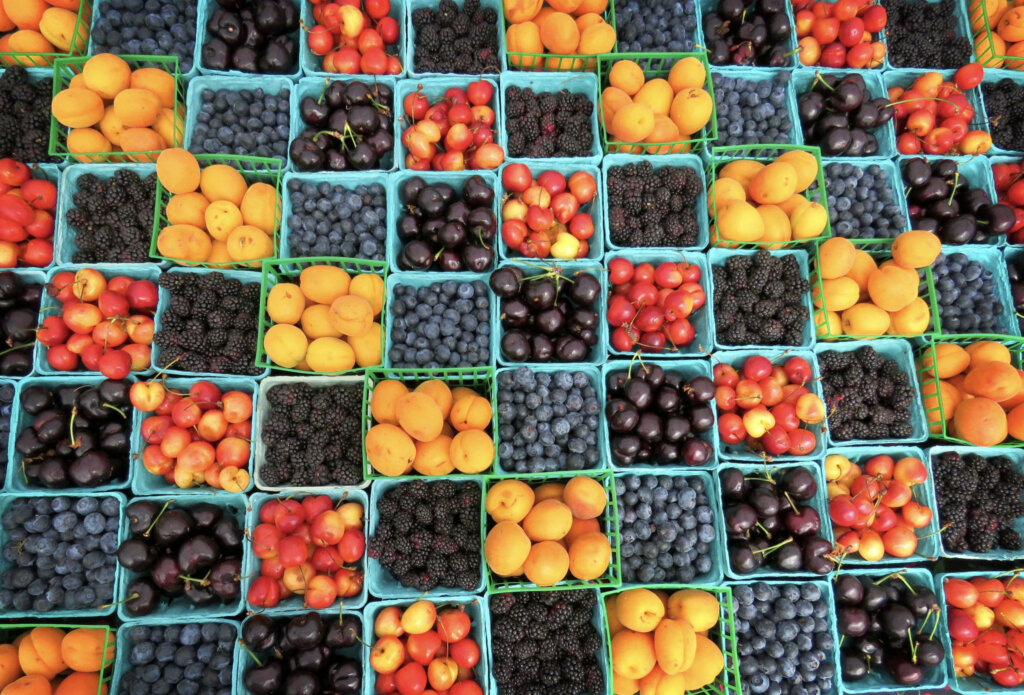Local leaders are showing how technology and collaboration can fight hunger and reduce waste

The challenge I’m about to describe is not new. In fact, your own county may be attacking this matter already, and there are organizations like ReFED, the Food Recovery Network, U.S. Department of Agriculture (USDA), the EPA and others that are heavily invested in solving the issue with education and science-based recommendations. For this, we are grateful and acknowledge these good works, and yet, acknowledge the matter is still a proving-ground for local leadership.
Food Waste
<br
The challenge I refer to is food waste, and the problem of food waste streams. A waste stream is a specific category of waste, defined by its sources and its terminus. One waste stream of note is food. It originates in our homes, schools, groceries, and restaurants. It too often ends up in a landfill.
According to the USDA, approximately 133 billion pounds of food from U.S. retail stores, restaurants, and homes went uneaten in 2010. At the same moment, the USDA also reports that there are 47 million food insecure individuals in the U.S. Much of this food may be deemed wholesome and could be redistributed to feed individuals and families.
Innovative local governments and organizations have shown that one promising method to divert part of this waste stream harnesses technology to pair restaurants with wholesome food available for donation to food pantries, food banks and those organizations with similar missions. Think Tinder for wholesome food — swipe right to match!
Yet there are still obstacles to overcome. In a local outreach to permitted food facilities and food pantries, a large urban health department isolated several reasons these pairings may not occur naturally:
- Concerns of Liability – If a consumer subsequently gets ill, who is liable?
- Lack of Infrastructure – Packaging, transporting, and maintaining temperature require additional resources
- Lack of Connections – Who should I call? Who can I trust?
A Food Recovery app, proposed and promoted by Los Angeles County is emerging as an ideal solution to show regional leadership while addressing many of the identified impediments. By deploying modern apps under a county banner, the following complications may be addressed:
- Liability Concerns – The county may integrate important messaging about state and Federal Good Samaritan laws
- Liability Concerns – The county may specify safe food handling practices
- Liability Concerns – The county may call-out donors with active health permits
- Lack of Connections – The apps become a friction-free pairing of donors to recipients
Through local and digital efforts, Los Angeles County is uniquely-positioned to facilitate these connections, reducing food waste, reducing landfill mass and reducing hunger. It’s a welcome hallmark of local leadership.
Editors Note: This blog post was originally published by National Association of Counties on July 11





